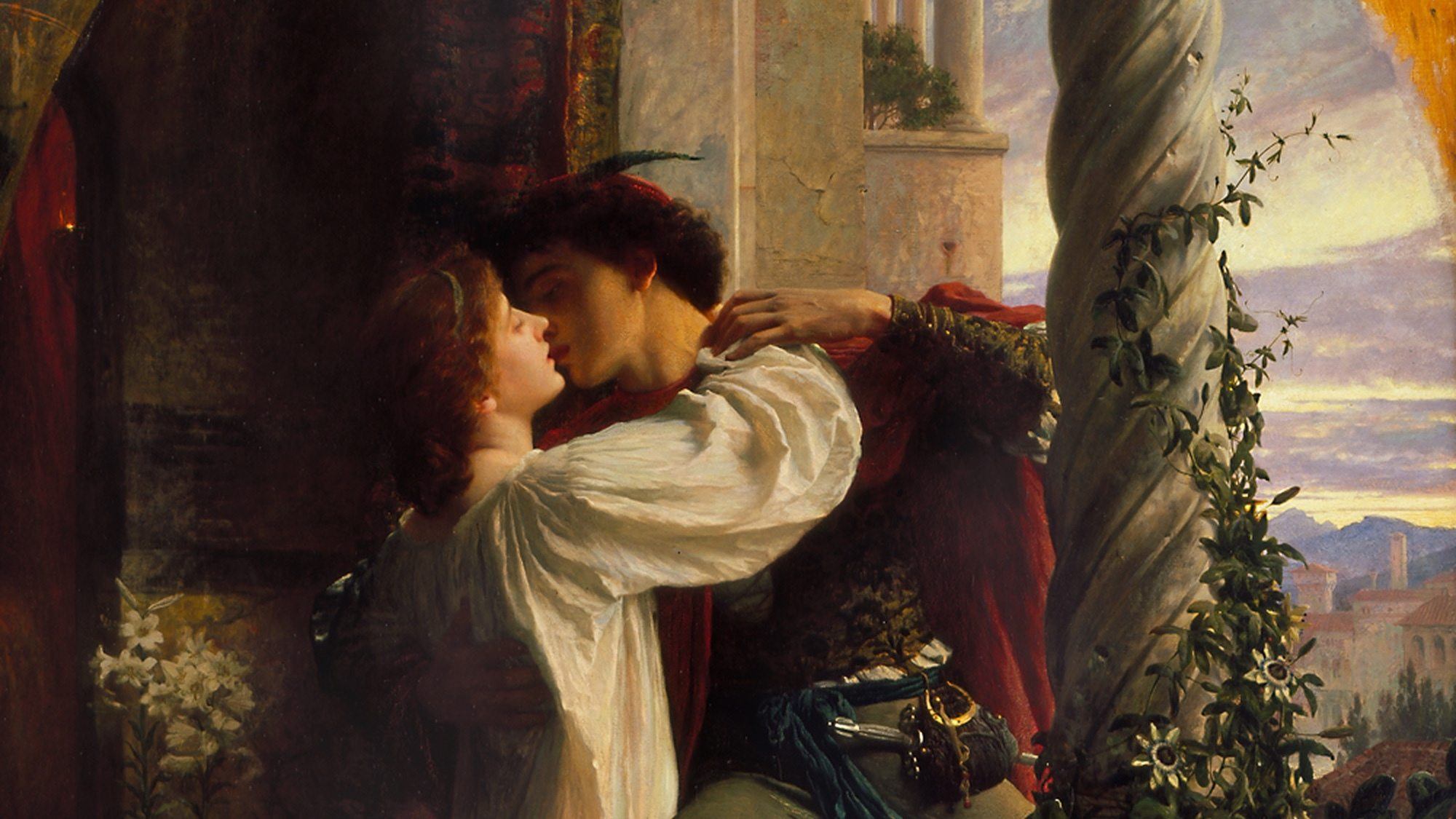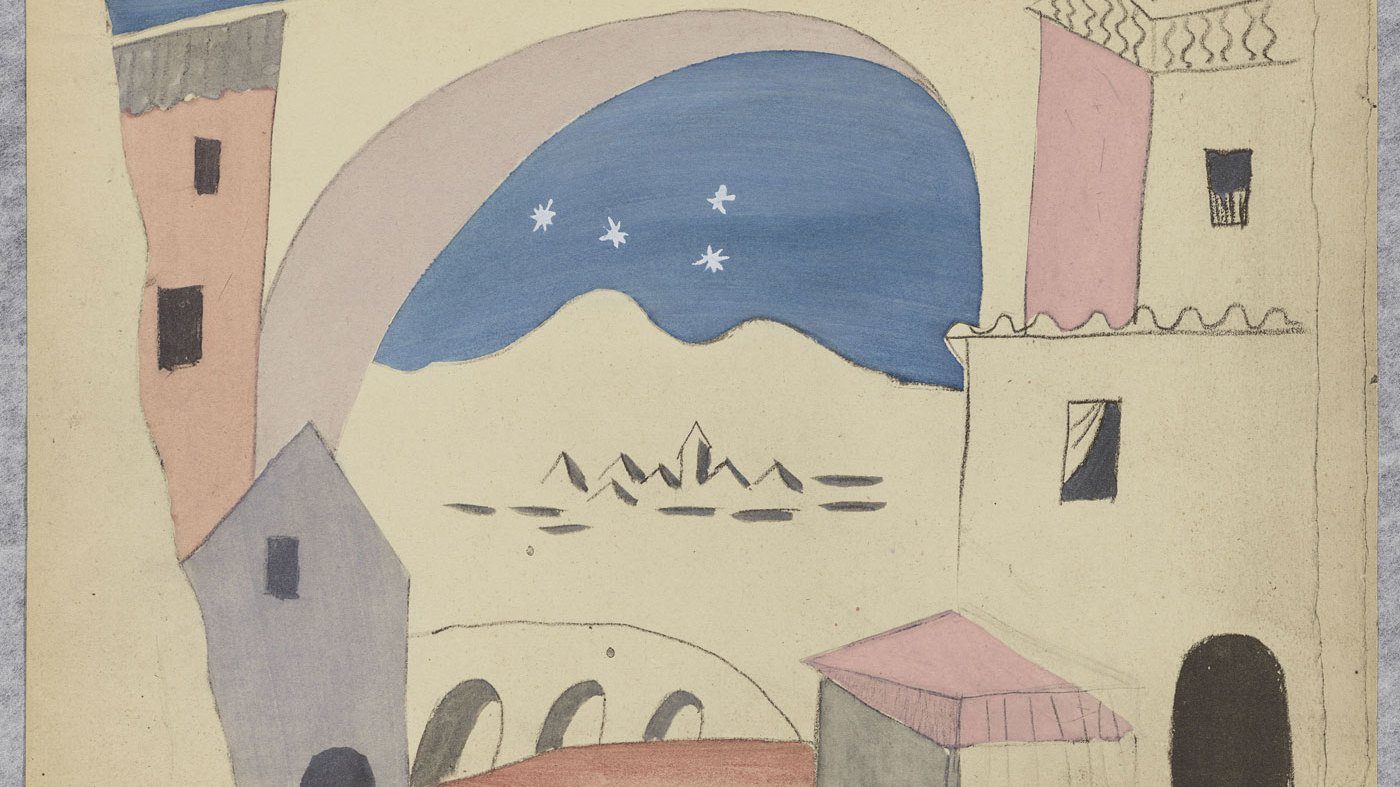David Oistrakh Plays a Prokofiev Transcription: “Death of Juliet”
Sergei Prokofiev’s 1935 ballet, Romeo and Juliet, Op. 64, is scored for an immense orchestra. As the tragic story unfolds, youthful innocence, foreboding, darkness, and shimmering light all emerge on a vast canvas set with rich tonal colors. In this violin and piano arrangement, made by the Soviet-Russian violist, Vadim Borisovsky (1900-1972), all of this drama is condensed into two voices. The music comes from the ballet’s final scene, Death of Juliet. In …







